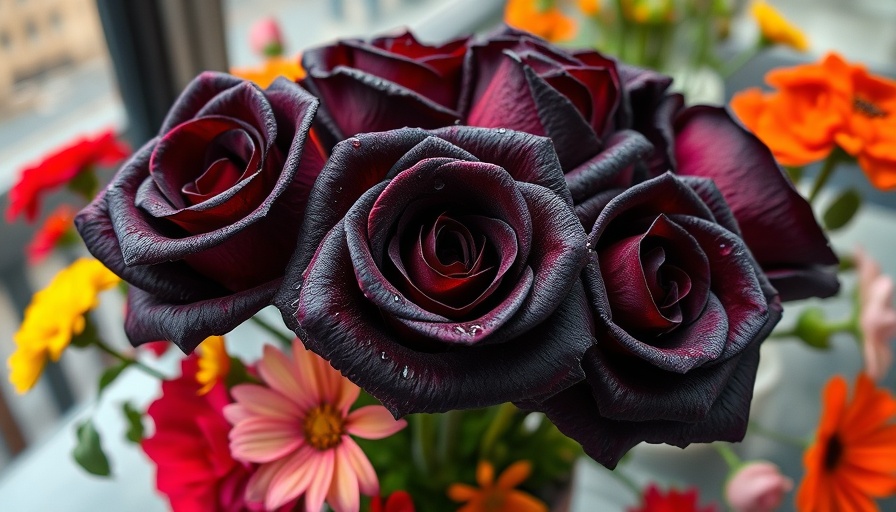
The New Easter Tradition: Dyeing Flowers Instead of Eggs
Easter is known for its vibrant colors and joyous celebrations, but as we embrace creativity this season, why not skip traditional egg-dyeing kits for a fresh, floral twist? Dyeing flowers offers an exciting and sustainable alternative—perfect for those looking to add a splash of color to their holiday decor without the fuss of eggs.
Unleashing Nature’s Palette: Flower Dyeing Techniques
Transforming white flowers into colorful blooms is not just visually captivating; it can also be a delightful family activity. Two popular techniques stand out for their simplicity and effectiveness in creating stunning floral displays: the split-stem technique and the ombre method.
- Split-Stem Technique: By splitting the stem of a white flower and placing each side in different colored dye solutions, you can achieve a beautiful and multi-colored effect on the petals. It’s like bringing a rainbow to life right on your dining table!
- Ombre Method: This trendy technique involves gradually transitioning your flowers through shades of color. Dip the ends of the flower stems in a vibrant dye solution and let them absorb the colors, giving a gorgeous ombre effect that’s incredibly eye-catching.
Gathering Your Supplies: A DIY Guide
You might be wondering what supplies you'll need for this colorful endeavor. Here’s a simple list to get you started:
- White flowers: Choose blooms such as carnations, daisies, or roses, as they absorb dyes very well.
- Food coloring: A staple for any dye job, this will add the vibrant hues to your flowers.
- Clear glass jars or vases: Essential for holding the dye solutions during the soaking process.
- Sharp scissors: Used to trim flower stems for optimal absorption of dyes.
- Warm water: Helps to open the flower stems, accelerating the absorption process.
- Plastic gloves and paper towels: To keep things clean and tidy during your crafting session.
Incorporating Natural Dyes: A Sustainable Option
For those who lean towards natural methods, consider using materials like turmeric, beet juice, or even spinach for dyeing your flowers. These organic options can create soft pastels and rich, earthy tones, adding a unique touch to your Easter decor while being eco-friendly.
The Joy of Creating Together: Making It a Family Event
One of the joys of preparing for Easter is engaging in activities that bring families together. Flower dyeing can easily become a cherished tradition where everyone participates, from choosing the colors to arranging the final bouquets. Not only does this foster creativity, but it also teaches children about nature and the art of crafting.
Displaying Your Masterpieces: Arrangement Ideas
Once your flowers are dyed and dried, it’s time to arrange them! Consider using clear vases to showcase the beautiful colors or create floral centerpieces that can brighten any room. Scatter some petals on your dining table or place them strategically around your home to celebrate Easter in style.
Skip the Eggs: Embrace Colorful Blooms for Easter
This Easter, opt for a more sustainable and visually stunning decoration method by dyeing flowers instead of eggs. Not only will you save on costs, but you’ll also create beautiful arrangements that embody the essence of spring. Plus, the memories created during the dyeing process will be treasured long after the holiday celebrations are over.
 Add Row
Add Row  Add
Add 




Write A Comment